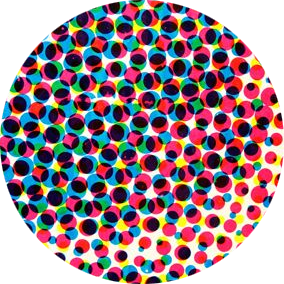“Snapdragon” and Matters of Representation

Given the self-evident principle that representation matters, Snapdragon’s portrayal of a broad spectrum of queer characters and behaviours offers an important testament to the necessity for queer representation in YA graphic novels. #Snapdragon #ComicsStudies 1/10




Leyh notes that “I think many writers who come from marginalized spaces like to write the stories they wish they had when they were kids. I certainly do. Even now, so many people equate queer stories with sex, because they don’t understand queer adults were once queer kids.” 5/10

Leyh further describes how “Queer folk are also a unique group in that they don’t get taught their history and culture as they grow, because we’re usually not born into queer families. Many of us find our queer community as adults.” 6/10

For Leyh, the representational importance of Snapdragon and YA Graphic novels like it then lies in recognition: “Acknowledging that queer youth have unique experiences much less that they EXIST is essential to healthier and happier future generations.” 7/10

Furthermore, scholar and YA Author, David Belbin, notes that “Reading imaginative works, ones that allow the reader to see the world from other people’s point of view, is invaluable in adolescents’ journey into adulthood.” 8/10

In this sense, Snapdragon’s representations of queer youth extend far beyond queer readership, offering a broader sense of perspective for all youth, a glimpse of insight into the minds, lives, and motivations of queer youth for the benefit of any and all readers. 9/10

In short, then, Snapdragon’s representation of queer youth within a YA-targeting text holds the potential to do a great deal of good within the lives of those undertaking to read it, another reason why the bans against the book (and others like it) are ultimately damaging. 10/10
